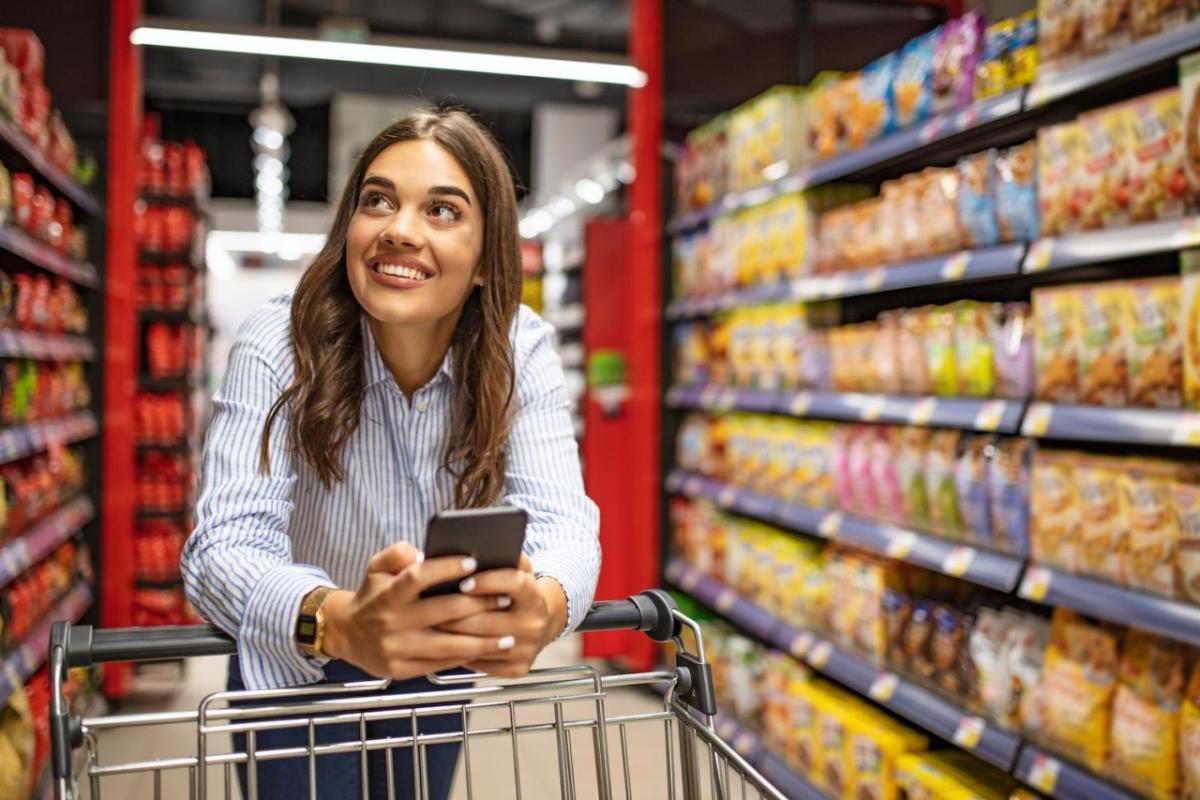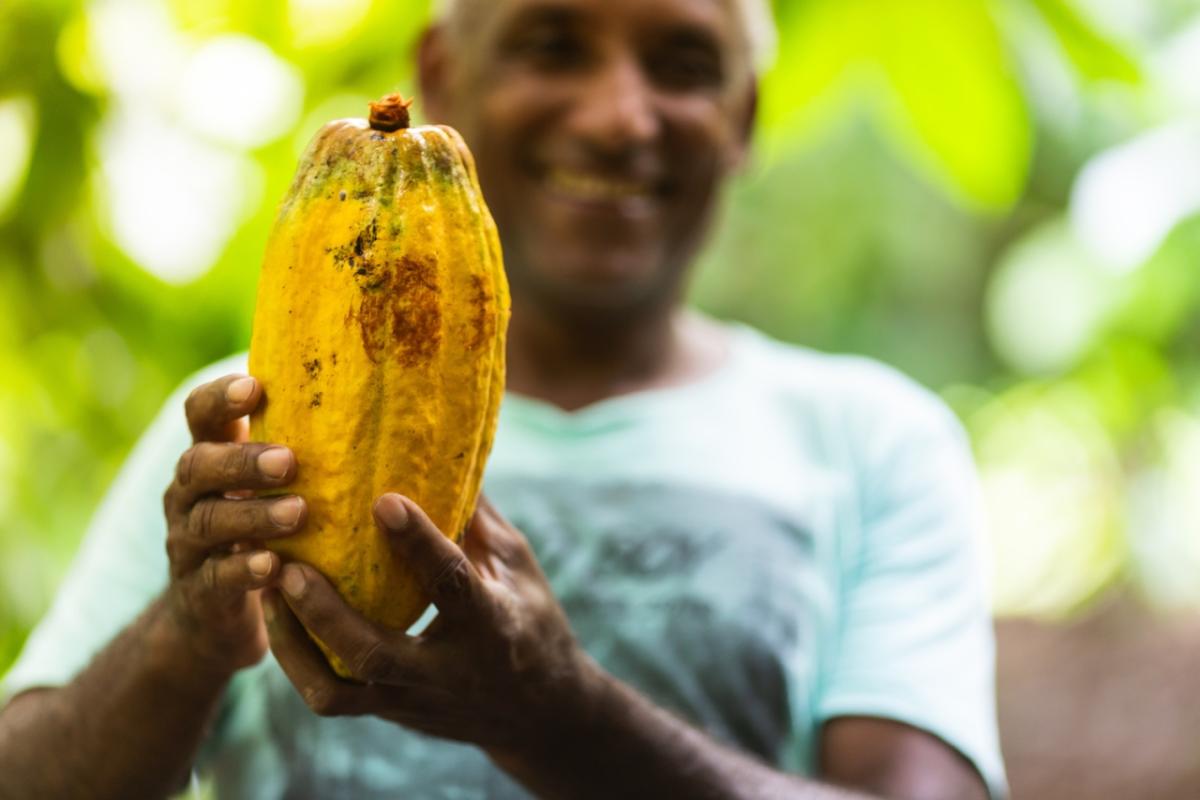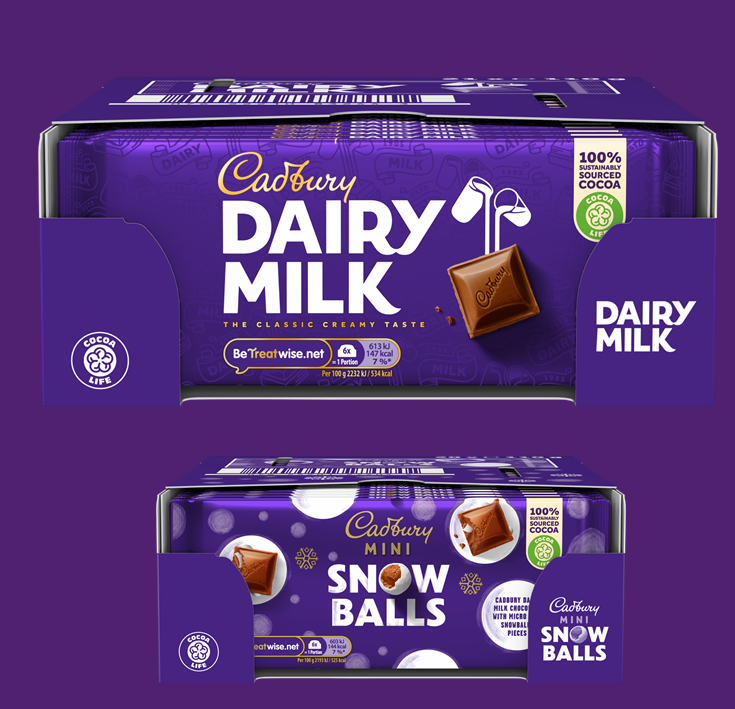Does Your ESG Story Click With Consumers? How To Craft Messaging That Stands Out
Words by Terry E. Cohen
Originally published by TriplePundit
As the calendar moves toward 2023 and inflation continues to influence consumer purchasing worldwide, massive banks of data make clear that companies should not scale back their environmental, social and governance (ESG) programs nor shrink their outreach to inform customers about their ESG efforts.
Especially with the price volatility of sectors like food and grocery, where switching brands is an easy, in-the-moment choice, companies can’t afford to overlook the importance of sustainability and social responsibility in consumers’ minds if they want to preserve and build brand loyalty.
“In the current economic climate, social and environmental performance still matters. Brands that want to retain and win customers need to stand for something,” said Mike Johnston, managing director for data products at the research technology firm Glow.
“Even well-off consumers will be looking for opportunities to trade down to save money. Customers need a compelling reason why they shouldn't swap your brand for a cheaper alternative,” Johnston added. “Along with quality, sustainability concerns are likely to be a key factor consumers consider.”
However, great ESG programs with successful positive impacts alone don’t translate into profit potential if consumers aren’t aware of them. Brands must find the right messages and effective methods for delivering their company’s ESG stories — the ones that click and have staying power with customers.
Learning from one brand’s experience
Mondelēz International owns Cadbury, the maker of chocolate candies sold in more than 40 countries. The brand measures consumer perceptions of its ESG efforts through Glow’s Social Responsibility Score (SRS) and related data tools. Cadbury has high brand awareness in general and clear ESG credentials in particular: 8 in 10 consumers who are aware of the brand have an opinion about Cadbury’s sustainability performance, according to Glow data.
For example, Mondelēz has had a partnership with Fairtrade since 2009 and developed the sustainable cocoa program Cocoa Life over the past 10 years, both with websites dedicated to them. Cadbury products carry on-pack messaging to call attention to the Cocoa Life initiative, which is designed to support fair trade, natural resource sustainability and improved lives for cocoa farmers.
This combination of ESG programming and consumer messaging is reaping rewards based on results from Glow’s SRS tracking. The data tools also retrieve verbatim comments, such as praise for Cadbury’s efforts in “environmental sourcing their chocolate” from a customer in Sydney, illustrating what consumers recognize as positive attributes of the brand.
In Australia, Cadbury ranked the highest in the snacking subcategory of 14 brands tracked, and in the U.K. the third highest in the snacking subcategory.
Cadbury saw particularly good progress from August through October of this year — raising its SRS in Australia by 13 percent, substantially more than the average increase of 3 percent from over 250 brands measured. For that rolling three-month period, Cadbury scored 24 percent above the average of all tracked brands and 15 percent above the average of the score for food and grocery brands.
In the U.K., Cadbury’s position is the same as in Australia, where the brand scored 24 percent above all tracked brands and 15-percent above the average score for food and grocery brands in the latest time period. Achieving that kind of dominance in consumer perceptions about a company’s efforts on fair trade and sustainability is what companies want to see.
Yet digging deeper, Cadbury’s SRS rankings reveal new opportunities ripe for further development.
Cadbury’s SRS rating was 94 percent higher among those who recognized even one of the company's ESG initiatives, compared to those who had no such awareness. This demonstrates that positivity toward a product can be generated from ESG programs and from effectively delivering quality messages about those initiatives.
Still, SRS data indicates a significant proportion of consumers were unaware of Cadbury’s specific ESG programs. If a brand like Cadbury, with its high brand awareness and long-running ESG programs that are heavily communicated, is still failing to reach some consumers, what’s the next step for it — or any company — to make the connection stick?
Opportunities in the gaps
“Consumers say they are gathering their ESG messages primarily through news and media coverage, product packaging and advertising,” said Tim Clover, CEO of Glow. “But they want to get more information via brand-owned channels like packaging and in-store/online at the moment of purchase.”
The key phrases in Clover’s observation of consumer data are “more information” and “moment of purchase.”
In the U.K., only Montezuma's and Tony's Chocolonely are ahead of Cadbury in their ESG ratings as evidenced by the SRS. The Dutch brand Tony’s Chocolonely has an unusual way of getting its ESG message across: its chocolate bars are segmented in irregular pieces to represent inequalities in chocolate production. Messaging on the inside and outside wrappers further explain the brand’s quest to eliminate injustice from chocolate manufacturing.
“The leading brands … are using every possible opportunity to communicate how they are making a difference to people and the planet,” Clover said.
Based on the data, consumers are telling businesses that their ESG practices matter — and so does the way they communicate them.
In particular, messaging needs to get real and get specific. “Brands that grandstand about distant, abstract goals can confuse or lose the trust of tuned-in and action-focused consumers, even when the programs themselves are highly impactful and beneficial,” Clover said. The data shows “regular updates and communications” yield “increased engagement” from a brand’s followers “and engender trust and loyalty,” he advised.
The bottom line: Consumer data drives ESG messaging that stands out
If it sounds like consumers want a relationship with companies, they do — and they’re seeking something that goes beyond a transaction. Business leaders need to treat those relationships the same way as anyone would regard a personal one, with communication and trust.
As with typical human interactions, businesses have to “check in” with their customers about how the relationship is going. Data and feedback together help companies to identify where the successes are and in what ways they can improve.
It may seem like a tall order to give mass outreach a one-to-one feeling, but the data says that’s what consumers want, along with a good story delivered when and where they need it for making the best purchasing decisions.
Clover captured those expectations with this statement: “It is clear that consumers don’t expect perfection, but they do expect commitments, honesty and progress.” In other words, consumers aren’t just hungry for consumables. They’re craving a better world and food for thought.
This article series is sponsored by Glow and produced by the TriplePundit editorial team.
Image credits: Dragana Gordic/Adobe Stock and Mondelēz International




